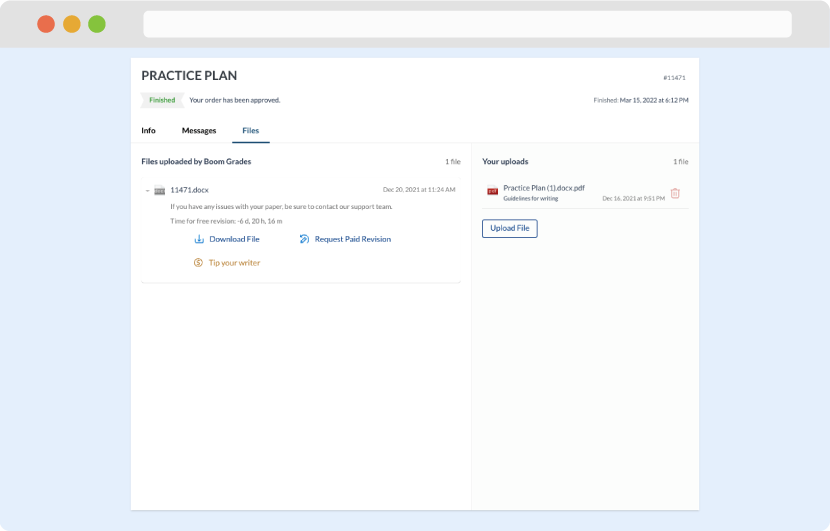Description
The case: Printers Ltd. Part A: (1500 Words) Printers Ltd. is a private limited company owned by 3 young family shareholders, who are also active directors of the company. The company specialises in high quality printing of reproductions of famous paintings and drawings and business has been thriving, such that expansion options are now being considered. It owns its factory premises freehold, but has financed the purchase of the printing machines with a long term bank loan at floating interest rates, repayable over 5 years, 2 years remaining. The company has seen improving profitability with increasing turnover, profit margins and liquidity ratios, although a small overdraft is normal at times. An opportunity has arisen to diversify into art book printing, which will require the purchase of new printing machinery for £2m and an additional investment in working capital of £0.5m. These amounts will require additional finance for the company, as there is insufficient retained earnings represented by cash to make this investment. At a recent meeting of the owners, the topic of this additional finance was discussed and various options considered. Three clear principles emerged from this meeting: the owners were not in a position to invest further funds themselves, there was reluctance to significantly raise the gearing level and therefore the financial risk of the company, no loss of control of the existing owners would be considered. Required: As an independent advisor, prepare a report to the shareholders of Printers Ltd., briefly outlining the financing alternatives the company has for financing this expansion and bearing in mind the 3 desired principles mentioned above, recommend with reasons viable financing alternatives, together with any implications, that are open to the company. Part B: (1500 Words Equivalent) Printers Ltd. has recently won a sizeable contract with a German publishing house to print a series of reproduction paintings for art galleries. The first receipt from Germany will be for 2m EUR in 6 months’ time. In the light of the economic uncertainty and the likely exchange rate fluctuation, the financial director has asked for your analysis of basic hedging options. You have researched to the following data: Sterling Spot rate: €1.2524 – €1.2575 Sterling 6-months forward rate: €1.2605 – €1.2631 Money market rates: Annual rates: GBP EUR Deposit 1.2% 0.5% Borrow 3.5 % 2.5% Required: In the form of a memo to the Financial Director: a) Compare the financial outcomes of entering into a forward exchange contract and a money market hedge. Clearly show all your workings and explain the calculations. b) Comment on the result above and discuss any practical considerations in both hedging methods. c) Briefly discuss other hedging techniques/ instruments that could be used to manage the exchange rate risk of this transaction.




